Major element analysis
Type of resources
Topics
Keywords
Contact for the resource
Provided by
Years
Formats
Representation types
Update frequencies
Scale
-

Major and trace elemental analysis of sulphide samples from the Beebe Vent Field. Geographical area - Beebe Vent Field, Cayman Trough, 18°32.798N,81°43.092W
-

Analyses of major elements (presented as weight percent oxide) in volcanic rocks from Mt. St. Helens, Washington, USA. The data table includes sample descriptions. More detailed sample descriptions are given in Blundy et al., (2008). Blundy, J., Cashman, K.V. and Berlo, K. (2008) Evolving magma storage conditions beneath Mount St. Helens inferred from chemical variations in melt inclusions from the 1980-1986 and current (2004-2006) eruptions, in: Sherrod, D.R., Scott, W.E., Stauffer, P.H. (Eds.), A volcano rekindled: the renewed eruption of Mount St. Helens, 2004-2006, Reston, VA, pp. 755-790.
-
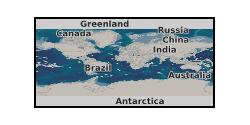
The dataset consists of a spreadsheet containing whole rock geochemistry (Major and trace elements, Hf isotopes) from 7 samples and zircon U-Pb, O, Hf isotope and trace elements compositions (>200 spots on zircons from 7 samples) analysed by Ion Microprobe (NERC EIMF) and MC-LA-ICP-MS (NIGL). The samples are Eoarchaean amphibolite-facies mafic gneisses and a pegmatite as well as granulite-facies mafic gneiss and migmatite (melano- and leucosome) from the Kapuskasing uplift in Ontario, Canada.
-

Major and trace element data for olivine- and plagioclase-hosted silicate melt inclusions, their host minerals, and associated matrix glasses, from Midfell, Snaefellsjokull and Oraefajokull, Iceland. Melt inclusion compositions are provided as measured, and corrected for post-entrapment crystallization. Reflected light images of the melt inclusions.
-
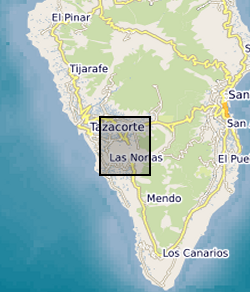
Major and trace element data of lava and tephra samples from the 2021 Tajogaite eruption. Major and select trace element collected by XRF, trace elements collected by ICPMS, both at the University of Granada. Data collected as part of NERC Urgency Grant led by K Chamberlain (Liverpool), in collaboration with M Pankhurst (INVOLCAN), J Scarrow (Granada), D Morgan (Leeds), J Hickey (Exeter), D Neave (Manchester), for understanding how eruptions begin, evolve and end. Samples analysed span the entire September - December 2021 eruptive sequence of Tajogaite, and data were collected between December 2021 and August 2022.
-
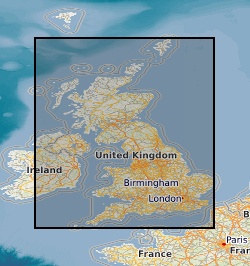
Profile soil analyses are available from a number of BGS programmes, notably the Mineral Reconnaissance Programme (MRP) and the Geochemical Baseline Survey of the Environment (G-BASE) programme. Sampling depth and range of analytes determined is very variable for the MRP. G-BASE samples are consistently from 35 - 50 cm though since 2003 it has become routine practice in the G-BASE project to collect a top soil and deeper profile sample from the same site but only analyses the top soil and store the profile soil. This also applies in urban areas. The G-BASE profile soils were generally sieved to 150 microns before analysis and determined by XRFS for some or all of: Mg, P, K, Ca, Ti, Mn, Fe, V, Cr, Co, Ba, Ni, Cu, Zn, Ga, As, Se, Rb, Sr, Y, Zr, Nb, Mo, Pb, Bi, Th, U, Ag, Cd, Sn, Sb, Cs, La, Ce, Ge, Sc, Se, Br, Hf, Ta, W, Tl, Te and I. MRP samples can include profile samples from greater than 1 meter collected using a power auger and also include till samples. The G-BASE samples are collected at a density of 1 sample per two square kilometres in rural areas and 4 samples every kilometre square in urban areas. MRP sampling was more site specific generally collecting soil samples along lines at spacing intervals generally 25 - 250 m.
-
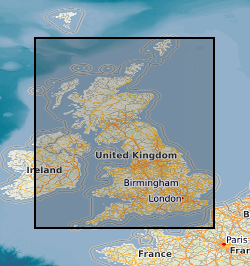
This layer of the map based index (GeoIndex) shows the locations of over 12,500 rock samples from the land area of the United Kingdom gathered as part of the Mineral Reconnaissance Programme (MRP). The Mineral Reconnaissance Programme (MRP), funded by the DTI, carried out baseline mineral exploration in Great Britain between 1972 and 1997. The programme has been subsumed into the new BGS Minerals Programme, also funded by the DTI. The rock samples have been analysed for a variety of major and trace elements, mainly by XRF.
-
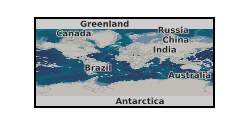
The data comprises a multi-proxy dataset of 49 samples spanning approximately the time interval from 1.8-3.9 Ma according to the currently available shipboard age model from offshore the Limpopo River, southwest Indian Ocean. Data includes major and trace element chemistry and K-Ar ages from the clay fraction (<2um), radiogenic isotope geochemistry, stable isotopes of planktonic foraminifera Globigerinoides ruber. The data set is now online with a citable DOI, although with an embargo till September 2019, http://dx.doi.org/10.1594/IEDA/100719
-
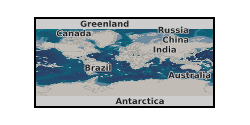
Major and trace element data for partial melts derived from high pressure-temperature experiments on a basaltic starting composition from the Ontong Java Oceanic Plateau.
-
Fluid pH and major and minor element data from shale-acidic fluid interaction laboratory experiments
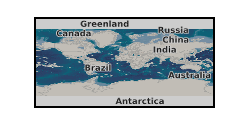
This dataset presents major (ICP-OES) and minor (ICP-MS) element data and fluid pH during interaction of simulated fracturing fluids with the Bowland-Hodder shale at a variety of conditions, i.e. fluid acidity (pH 1-5), temperature (25-70 C), and rock/fluid ratio (from 0.2:200 to 20:200), as well as two end member mineralogical compositions (from 618 m depth and 673 m depth). The data was collected under the SECURe (Subsurface Evaluation of CCS and Unconventional Risks funded under the European Union’s Horizon 2020 research and innovation programme under grant agreement number 764531. Data supplied by permission of University of Nottingham and British Geological Survey.
 BGS Data Catalogue
BGS Data Catalogue